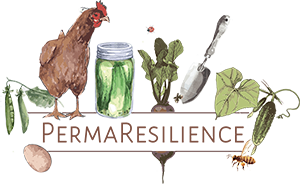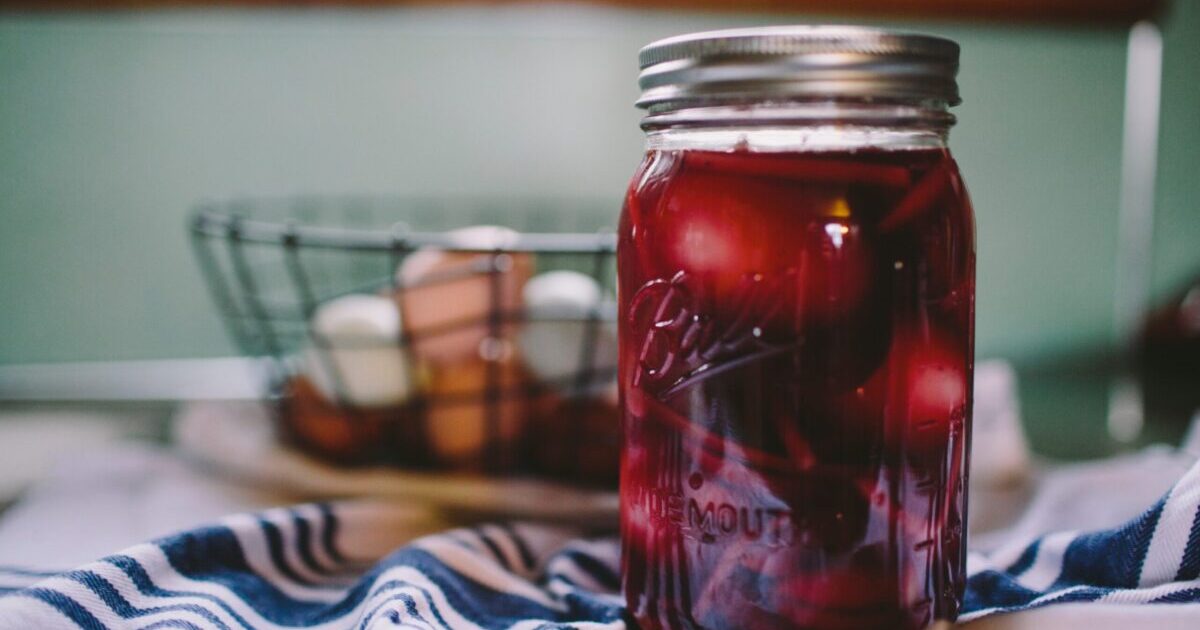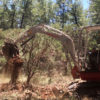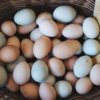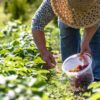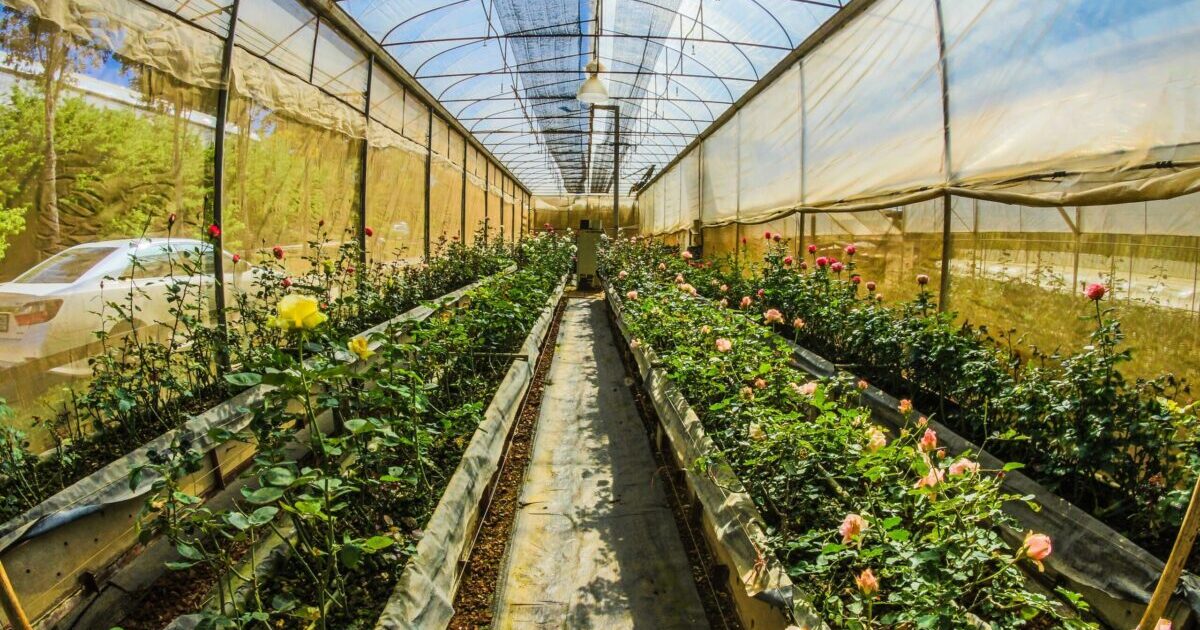Today I’m sharing some simple steps to create a modern homestead and prepare your family for the next lockdown. From growing and storing your own food to creating an energy-independent home, you can begin to create stability, and security today.
Video Transcript:
Hi everyone, Brett James here.
This is the July 2022 question and answer session for the Holistic Homestead Academy Permaculture Design course.
Now, you know, I think that the idea of what’s going on in the world – the economy, uh, inflation, recession – I mean, that’s just the predominant topic that seems to be on everybody’s mind, and understandably, uh, it’s what we’re experiencing, right?
I’ve got a chart here from McKinsey and Company which is the real food price index, and as we look at this chart, you know, it’s grown exponentially in the last year. And food prices, for example, have gone up at least 20 percent in a year, and that’s on top of a year where we already had double-digit increases last year.
So, the question then becomes, you know, how can homesteading help?
Well, you know, homesteading includes so many things from, you know, growing food and raising animals too, you know, harvesting your own resources and beyond. And when we do it with permaculture, that’s when it becomes more effortless, costs less money, and becomes easier.
You can do all of these things conventionally, growing food conventionally, and it just takes way too much time and energy and costs too much money, right?
You know, organic fertilizers and amendments are expensive. Like, if you try to grow a garden of veggies and you’re buying all organic amendments, it’s not going to turn out very well for you.
It’s going to be expensive on top of the time that you use. Well, we can use permaculture tools and strategies to do the same thing. Nature-align strategies such as making our own teas and fertilizers that cost us next to nothing, and we can have a more prolific and abundant garden.
So, obviously, that’s why you’re here. Because you know you’re learning how to use permaculture to live a more self-reliant way of life, take back control, right?
Control of your health, control of your independence and freedom, and even control of your finances. So, let me give you some examples of how our homestead offsets some of the costs.
Now, for example, uh, you know, seeds are pennies on the dollar when compared to buying groceries. And especially, did the math recently, and it was for a family of four trying to provide the best for themselves and their family, going to Whole Foods, and buying organic produce. It’s something like an eighteen thousand dollar-a-year produce bill.
And the reality is, you know, you can grow that eighteen thousand dollars worth of vegetables for under a hundred dollars worth of seeds in your average suburban backyard if that suburban backyard was converted to a productive landscape.
Another example is, you know, when it comes, in my opinion, when it comes to living in a little bit more – I won’t call these tough times because, of course, in the modern world, it’s not that tough relative to the history of humans – but, um, you know, it’s important when life is requiring more of us to be on top of our game.
So, you know, for example, one thing I’ve always enjoyed is getting a real boost of energy and vitality from green powders, you know, green supplements. Uh, Warrior Greens has been one of my favorites, which includes dozens of different greens, beneficial probiotics, and things like that.
But a bottle of Warrior Greens, which lasts me a month, used to cost me about $90. And so that adds up to, you know, $90 a month times 12 months. That’s right around a thousand dollars a year in a green powder, right?
And it worked. It made me feel so much more energy, and I was so much more productive and able to get so much more done. But I can produce that here at home.
And so, for example, we grow an excess number of greens that we just don’t even need. We give them away to friends and family, neighbors. We feed them to the chickens. But what I do is I take those greens and I hang them in a dehydrating rack.”
It uses no energy as a whole, you know, hung in the air. I dehydrate greens, and I just blend them up, right? And I save myself a thousand dollars a year not needing to buy that green powder because I can just process some of my excess greens from my garden.
We have tons of fruit growing in our backyard. One example is, we did the math on two of our cherry trees. So we have these two mature cherry trees which cost about 25 to buy initially, and yes, these ones were planted years ago, so they’re now very productive.
But nonetheless, those two, those fifty-dollar cherry trees, we figured that at current prices, they produce about five hundred dollars of cherries each for us, and that’s not with us being overly ridiculous about getting all the cherries off the tree or not letting the birds take some.
So that adds up to a thousand dollars in cherries off those two trees per year, which those cherries are nutrient-dense because we’ve grown them in quality soil, and also we know that they’re not sprayed with anything toxic.
Just a reminder, organic food is still sprayed with toxic substances. They’re just deemed not carcinogenic. Well, that’s not true. They’re deemed acceptable by the organic industry, which is just a whole racket to charge more for produce that is still nutrient-deprived, just like conventional produce, but sprayed with different pesticides because it’s organic in nature.
But those sprays are still cancer-causing. So where am I going with that tangent? Is, you know, those two cherry trees, for example, offset our grocery bill by a thousand dollars?
So that’s a small investment for a larger turn. Now, in the case of the cherry trees, yes, there’s not going to be an immediate return on investment, but in time it will. And that’s just the garden. It’s not including anything else that we can do to offset our energy expenses, which is another huge cost, right?
So we can retrofit our homes and retrofit the ways we live to be more energy-efficient and self-sufficient. One example is, you know, we use solar ovens and solar cookers, so we don’t even need any gas or fuel to cook if we don’t want to. We can just cook in the sun. We have many of our homes. We’ve had wood stoves because we prefer to heat with a material source that’s free and on our property.
And so, when we’re looking to make the most of our dollars when it comes to homesteading, the return on investment is massive. You’re creating, you’re taking back control of your life.
Like, what’s that going to give you? Imagine how much better you’re going to feel taking back control of your food resources and health. You’re going to be healthier both because of the exercise and because of the quality of food that you’re putting in your body. And then, whatever investment that you are putting into your homestead, it’s going to pay off massively, year over year.
For example, today, I was at the store and I had to buy some, you know, a hundred dollars worth of drip irrigation materials. Well, it’s a small drop in the bucket compared to the amount of money that we’re going to save growing our food year after year after year.
So yeah, all of a few hundred dollars into an irrigation system in this new garden this year, but if we can grow eighteen, twenty thousand dollars in vegetables in our garden year after year after year, that’s a massive return on your investment.
So what I hope you can see is that right now is the time to dig into building your homestead, no matter where you are. It’s about doing it where you’re at, regardless of your space.
You don’t need acres and acres of land. In a small suburban backyard, you can do so much in that amount of space. But now is the time to do it before it gets any tougher. So that’s kind of my take on all of this, and now I want to dive into all of your questions about homesteading and how it can help you in a recession.
